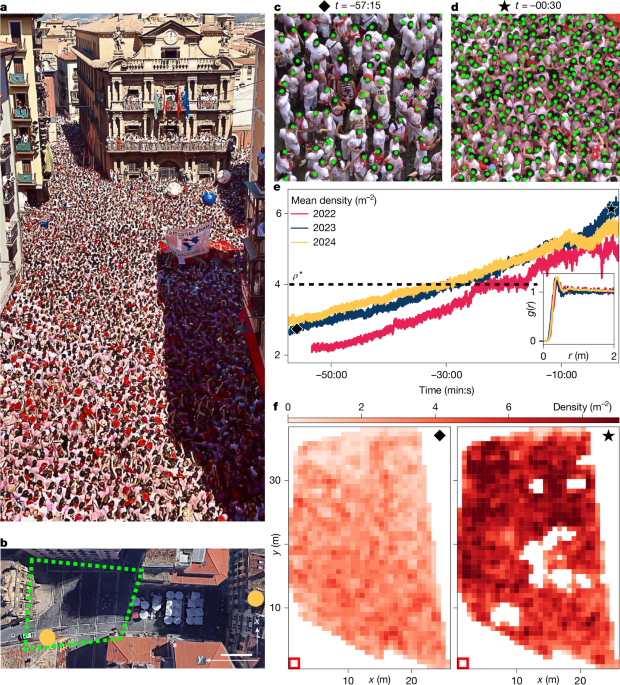Get the latest tech news
Decreased CO2 during breathwork: emergence of altered states of consciousness
Circular breathwork induces altered states of consciousness similar to psychedelics, predicted by decreases in CO2 saturation. Acute physiological and psychological dynamics during breathwork in turn predict sustained mental health benefits.
Based on standard questionnaires (MEQ-30 and 11-DASC), the ASCs evoked by breathwork resembled those produced by psychedelics across several experiential domains such as ego dissolution, and their depth predicted psychological and physiological follow-on effects, including improved well-being and reduced depressive symptoms. In recent years, growing evidence suggests that by evoking altered states of consciousness (ASCs) in a supportive setting, together with complementary processes such as heightened neuroplasticity, psychedelic-augmented therapy may alleviate some of the most wide-spread and debilitating forms of mental suffering, including post-traumatic stress disorder, depression and anxiety 1, 2, 3, 4, 5, 6. In contrast, subjective experience appeared to modulate physiological outcomes: All three subscales of the 11-DASC, ‘Oceanic boundlessness’ ( r= –0.49; df= 54; p< 0.001), ‘Ego dissolution‘ ( r= –0.48; df= 54; p< 0.001) and ‚Visual reconstruction‘ ( r= –0.48; df= 54; p= 0.003), showed negative correlations with IL-1β change, so that weaker ASCs predicted larger increases in inflammation post-session (Fig.
Or read this on Hacker News